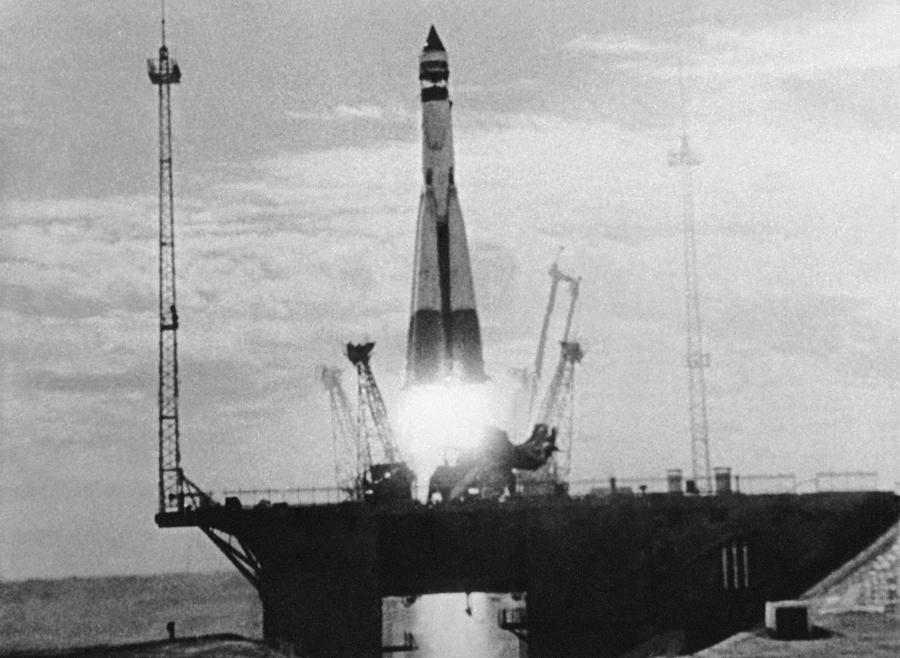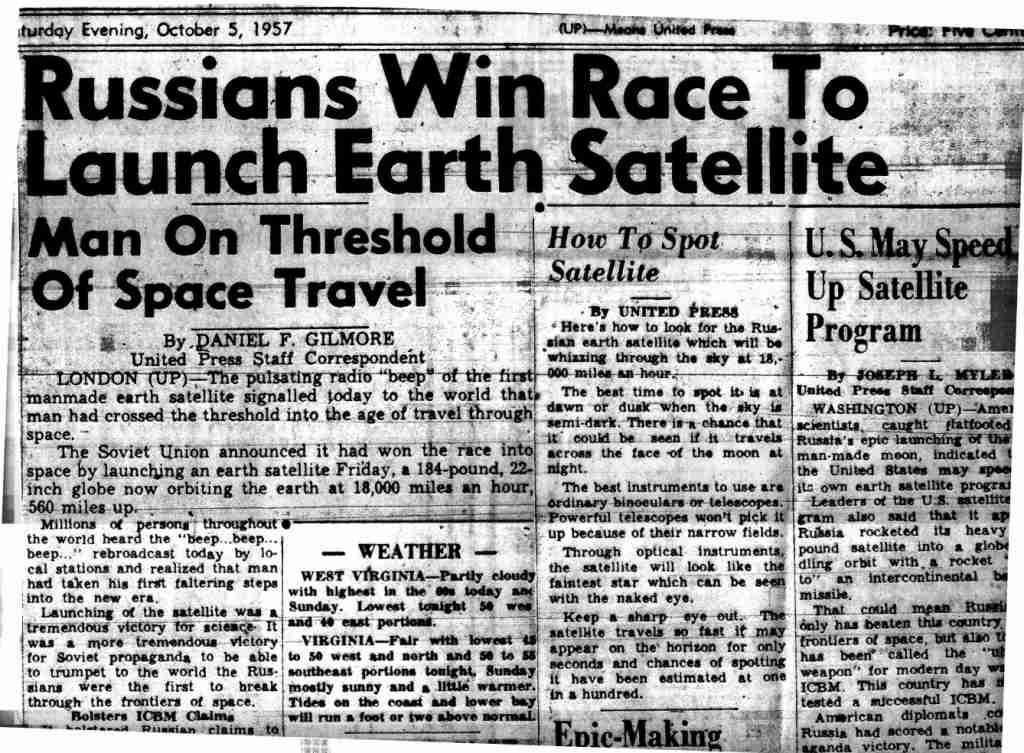Sputnik-1 | The World’s First Artificial Satellite!
USSR First To Launch
Sputnik-1 was the name of the world’s first artificial Earth-orbiting satellite launched by the USSR on October 4th 1957! The small polished metal sphere broadcasted radio pulses which anyone in the world could detect, as it orbited, for 22 days which made America worry and set off the Race to Space! Sputnik-1’s elliptical orbit eventually decayed with satellite burning up on January 4th 1958.
Quick Summary Story Of The Amazing Sputnik-1 Satellite!
The dream of an Earth-orbiting satellite is as old as the stars, but it was the chief Soviet rocket scientist Sergei Korolev who pushed for the USSR to be the first to attempt the launch of an artificial satellite to beat the American’s. Despite the Soviet military’s focus for rockets to be used primarily as ICBMs, he eventually received approval for the project.
Originally the first satellite was planned to consist of a large payload of scientific instruments for the study of space, but due to delays and reductions in the planned launch vehicles power, a smaller new satellite would be used instead. The lighter, simpler satellite would forgo complex scientific equipment to ensure the USSR beat America to space.
The Sputnik-1 satellite was constructed quickly, due to its size and simplicity; it was a 58 centimetre (23.0 in) diameter sphere with a mass of 83.6 kilograms (184 lb) made with polished aluminium-magnesium-titanium to reflect sunlight in space! The two pairs of antennas used for radio transmission were 2.4 and 2.9 meters (7.9 and 9.5 ft) in length.
To launch Sputnik-1 a modified R-7 rocket, which was initially designed as an Inter-Continental Ballistic Missile (ICBM), with a mass of 272 tonnes, height of 29 metres and liftoff thrust of 880,000 lbf (3900 KN) was used and was launched from the Baikonur Cosmodrome on 4 October 1957.
Sputnik-1 reached a velocity of 8.1 km/s (18,000 mph), in a low Earth orbit of 223 kilometres (139 mi) by 950 kilometres (590 mi), and inclination of 65.1 degrees. The orbit was lower than initially planned as the rocket launch was almost a failure due to the rocket engines not firing optimally during ascent.
Sputnik-1 orbited the Earth every 96 minutes and transmitted a repeating beep-beep-beep sound which was monitored by radio operators around the world. America was shocked that the Soviet’s had this technology and triggered, in part, the Space Race while also signalling the start of the Space Age!
The signals from Sputnik-1 continued to be transmitted for nearly 22 days until Sputnik-1’s batteries died on 26 October 1957 with the world’s first satellite eventually burning up on re-entry on January 4th 1958 after three months in space and 1440 orbits of the Earth!







